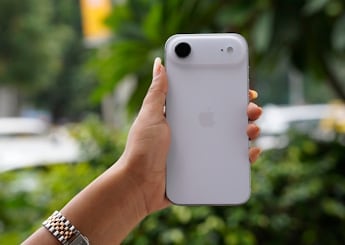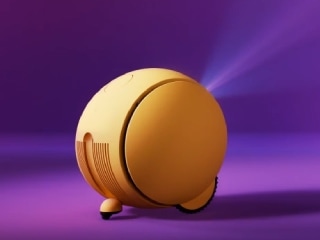- Home
- Internet
- Internet News
- An Unlikely Threat to Google's Domination: Sharks
An Unlikely Threat to Google's Domination: Sharks

The company has invested in two major undersea cables connecting the Western US to Asia, and a third cable that extends Google's network within Asia, but its network has been under attack from sharks, which can detect magnetic fields. Sharks have miniature volt sensors in their mouths that they use to detect prey, and undersea fibre cables have become an unlikely victim.
(Also see: Google, Asian Telecom Firms to Build $300 Million Undersea Cable to Japan)
"Unlike short-haul terrestrial fiber cables or old copper cables where the fiber did not emit noticeable fields, undersea cables must carry high voltage power to the undersea repeaters, which result in both electric and magnetic fields around and along the cable ... Some sharks mistaken the electric fields for distressed fish and attempt to feed on the cable," a report studying the phenomenon has noted.
"Just a little bite is enough to get through the jacket and damage the fibres," Chris Lowe, a professor who runs shark lab at California State University, Long Beach, was quoted as saying.
Google, however, ensures its cable is sheathed in a Kevlar-like protective coating to keep the sharks from chomping through the line, Network World reported, quoting Google product manager Dan Belcher from a Google marketing event in Boston last week.
Since fiber is made of fragile glass, its casing is built to protect it from breaking. A fiber-optic cable often includes (listed from the outer layer inward): An outer polyurethane jacket, a protective layer (made from a material like kevlar), a plastic coating (in different colors, so technicians can follow the path of each strand), and enclosed in all of these, a glass fiber.
At the event, Belcher also played a video of a shark attempting to eat some undersea fiber optic cables.
The massive, worldwide system of undersea fibre-optic cables is a vital link to facilitate Internet and other telecom services across the world.In the 1980s, a deep-ocean cable was reportedly cut by crocodile sharks four times.
Written with inputs from IANS
Get your daily dose of tech news, reviews, and insights, in under 80 characters on Gadgets 360 Turbo. Connect with fellow tech lovers on our Forum. Follow us on X, Facebook, WhatsApp, Threads and Google News for instant updates. Catch all the action on our YouTube channel.
Related Stories
- Samsung Galaxy Unpacked 2025
- ChatGPT
- Redmi Note 14 Pro+
- iPhone 16
- Apple Vision Pro
- Oneplus 12
- OnePlus Nord CE 3 Lite 5G
- iPhone 13
- Xiaomi 14 Pro
- Oppo Find N3
- Tecno Spark Go (2023)
- Realme V30
- Best Phones Under 25000
- Samsung Galaxy S24 Series
- Cryptocurrency
- iQoo 12
- Samsung Galaxy S24 Ultra
- Giottus
- Samsung Galaxy Z Flip 5
- Apple 'Scary Fast'
- Housefull 5
- GoPro Hero 12 Black Review
- Invincible Season 2
- JioGlass
- HD Ready TV
- Laptop Under 50000
- Smartwatch Under 10000
- Latest Mobile Phones
- Compare Phones
- Realme P4x 5G
- OnePlus Ace 6T
- Nubia Flip 3
- Nubia Fold
- OPPO A6x 5G
- Samsung Galaxy Z TriFold
- Poco F8 Ultra
- Poco F8 Pro
- Asus ProArt P16
- MacBook Pro 14-inch (M5, 2025)
- Poco Pad M1
- Poco Pad X1
- Just Corseca Skywatch Pro
- Honor Watch X5
- Acerpure Nitro Z Series 100-inch QLED TV
- Samsung 43 Inch LED Ultra HD (4K) Smart TV (UA43UE81AFULXL)
- Asus ROG Ally
- Nintendo Switch Lite
- Haier 1.6 Ton 5 Star Inverter Split AC (HSU19G-MZAID5BN-INV)
- Haier 1.6 Ton 5 Star Inverter Split AC (HSU19G-MZAIM5BN-INV)
















